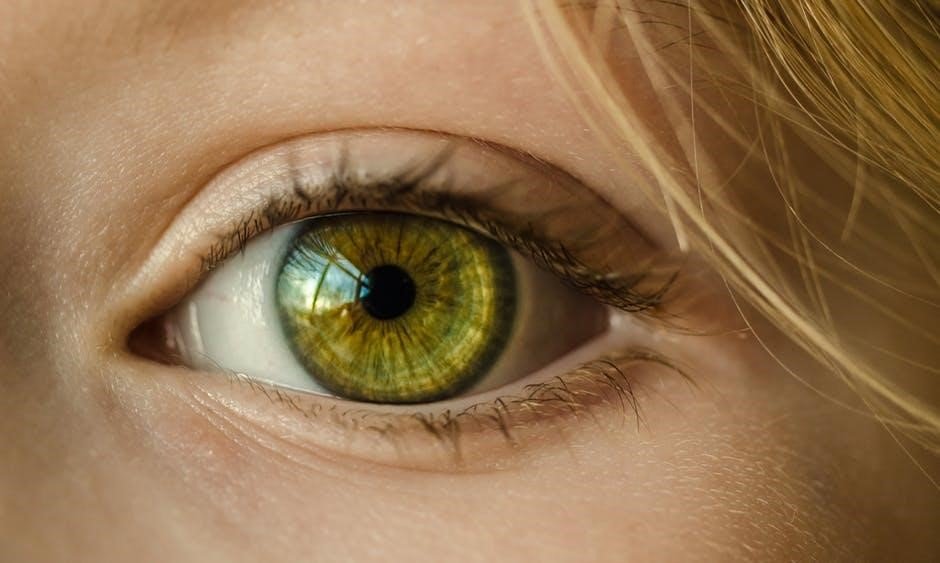What happens when conventional contacts aren’t providing the benefits you need, or worse, you were told contacts weren’t an option. If so, Scleral contact lenses could be the underrated solution you were looking for all along.
Managing your eye health can be tricky. It’s your eyes and your vision, after all. It’s how we accomplish the majority of our day to day tasks and having something impede our vision can be difficult to deal with.
Knowing all your options is important in both taking preventative measures against possible issues and finding effective relief faster in case it happens. Consult with your eye doctor and schedule an exam to find out if you are a good candidate for scleral contact lenses.
What Are Scleral Lenses?
Scleral lenses are gas permeable and are much larger in diameter in comparison to other commonly used lenses. They don’t rest on the cornea but extend over it to rest on the sclera. Which is the white gelatinous goo surrounding the cornea?
The sclera is much less sensitive than the cornea. A much better option for those with issues involving the cornea or issues involving comfort. The comfort of scleral contact lenses comes from the large diameter. That diameter stabilizes itself by resting on top of the sclera (not cornea) with minimal movement when you blink. This large diameter also allows the lens to hold an artificial tear solution. It can also help with dryness and provide soothing comfort that can promote healing.
Scleral lenses can help smooth the surface of the cornea or compensate for corneal irregularities to provide clearer vision by resting on the sclera, not the cornea.
Applying the Scleral Lenses
No mystery here. As with soft lenses, you can insert the lenses directly using your fingers after you make sure to apply a sterile saline solution that is prescribed or approved by your doctor.
Eye Issues Scleral Lenses Can Help With
According to studies done by The Journal of Cornea and External Disease, scleral lenses can be prescribed to help with a variety of eye diseases and syndromes that other exhausted options have been unable to deal with such as ocular surface disorders. Here are some disorders and diseases that sclera lenses can help with.
Presbyopia
Presbyopia involves your ability to see things at near distances. It is a refractive error that occurs later in life around age 40 where it starts to affect reading efficiency and similar tasks involving vision. Due to the loss of flexibility by the lens, our eyes lose the ability to adjust its focus as easily.
For presbyopia, there is the option of either bifocal or multifocal scleral contact lenses to help with such issues.
Astigmatism
Astigmatism causes distorted vision because of the asymmetric curvature of the eye’s lens or cornea. Normally, light is refracted in all directions equally and astigmatism disrupts that. It is considered a refractive error and vision for both near and far can be distorted as a result.
Scleral lenses can help those with astigmatism as it stays stable on the sclera, preventing fluctuations in vision that a soft lens is more prone to.
Keratoconus
Keratoconus is a type of eye disease that causes an irregularity in the shape of your eyes. This dictates your vision based on how the cornea refracts light that enters the eye. If left to progress, the more it will alter your vision for the worse.
For those suffering from Keratoconus, scleral eye lenses could provide relief and be a reliable vision option for those who find other contacts unsuitable or uncomfortable.
Dry Eye
Scleral lenses can also help those who suffer from severe dry eye syndromes. The liquid held by the lenses are able to provide effective relief to patients with dry eye. It can serve as a way to manage the condition ranging from moderate to severe.
Are Scleral Lenses an Affordable Option?
Price can often be the singular factor in not doing something, that’s why you should check every option available to you to find out the best course of action.
Because of how long scleral lenses last in comparison to soft lenses, a year’s supply won’t be as detrimental as having to make constant repurchases in larger batches. However, the labor involved in creating a custom-fit tailored to your specific eye needs can factor into the price as well.
It’s important to check with your insurance to see if they cover scleral lenses. There might even be other payment options available based on your current diagnosis that requires scleral lenses to be prescribed at a reduced price.
Avoid Cosmetic Scleral Lenses
Don’t get scleral lens contacts used for medical or refractive purposes confused with costume or ‘cosplay’ type lenses. Those cover the entire surface area of the eye for dramatic effect – like animal eyes or colorful designs. They might cover the entire surface area of the eye both cornea and sclera, but they are not authentic scleral lenses. Those are for temporary cosmetic purposes only.
Well-Rounded Eye Solution
Scleral lenses are growing in popularity in recent years. But, were relatively under the radar in favor of current popular options such as soft lenses. Believe it or not, but scleral lenses were the first set of contact lenses to be designed and created 100 years ago. Usually, when we think of contact lenses we think of soft contact lenses. Soon that train of thought will include scleral lenses as well.
Scleral lenses can be an all-around good fit for vision, comfort, and affordability. As awareness and accessibility for them spread, they are becoming more likely to be offered as an option. Previously, it might not have been considered a viable option until further down the road when the disease or disorder has progressed.
Which is why it’s important to create awareness, educate people, and encourage practitioners to bring them into the mix as a standard option for patients needing an alternative option to the ones usually provided.





